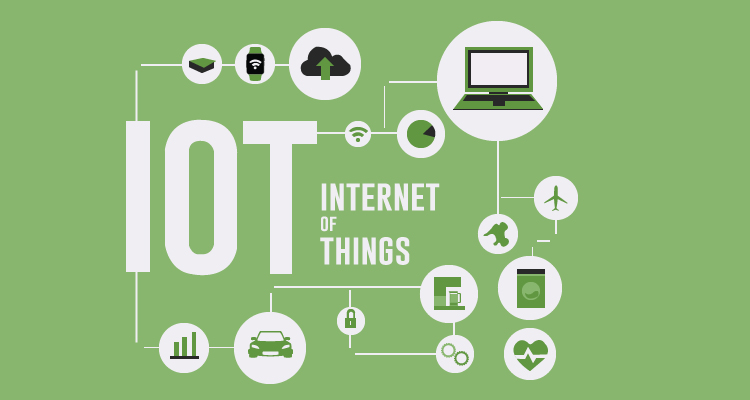Table of Contents
ToggleHow Blockchain works in the IoT
Venugopal illustrated how a blockchain-enabled transaction works across IoT networks.
“An IoT-enabled blockchain is where an overlay of services is designed in a particular kind of framework that will enable free communication between devices in a network. Each device generates its unique public key to send and receive information with another device and any participating device can seamlessly retrieve information associated with a given key. For instance, multiple industrial IoT blockchain initiatives are being undertaken to automate irrigation by controlling water supply based on feeds from another blockchain that keeps track of crop condition.”
Ian Lee
Ian Lee, head of the Global Lab Network for Citi Ventures, who was also speaking on the subject at Consensus 2016, said:
“As a member of coLAB, we are starting to explore how the combination of blockchain and IoT could create new solutions and experiences for consumers and institutions.
“The idea of a machine-to-machine economy is not new, but the emergence of blockchain further enables financial institutions that are already involved in commerce, transactions and contracts to explore the potential development of new IoT-enabled systems.”
Blockchains could also enable smart devices to become independent agents, autonomously conducting a variety of transactions. Think about this. Imagine a vending machine that can not only monitor and report its own stock; but can solicit bids from distributors and pay for the delivery of new items automatically. This would be based on the purchase history of its customers. Or a suite of smart home appliances that can bid with one another for priority so that the laundry machine, dishwasher, and robot-vacuums (Seriously) all run at an appropriate time while minimizing the cost of electricity against current grid prices. Or a vehicle that can diagnose, schedule and pay for its own maintenance.
To perform the functions of traditional IoT solutions without a centralized control, any decentralized approach must support three fundamental functions:
- Peer-to-peer messaging
- Distributed file sharing
- Autonomous device coordination
3 Incredible Blockchain IoT Opportunities
Air Pollution
Current air pollution monitoring systems face three problems: Scalability, cost and trust issues. Decentralized cheap IoT sensors can be installed by individuals at their local homes and at public places by the government. With blockchain technology, everybody could connect their sensors in order to contribute to an air pollution mesh network. This solution is much more tamper proof and cheaper than the systems we have today. Everybody can check the condition in a particular area. The government can create a harsh air pollution punishment program based on this secure and valid data.
Food
Walmart is using blockchain to monitor produce in its stores, according to Bloomberg. The retailer will use the database technology to track pre-packaged produce at the individual package level, from the farm where the food is grown, to the supermarket floor it’s transported to. Blockchain will allow the company to pinpoint the exact source of a particular package that’s sold; so a product that is subject to a recall, for example, can be identified easily. This information can be included in the barcode of a product. It would save major costs by reducing the amount of produce that must be recalled and destroyed in the event of illness. This provides a far more granular means of recalling and tracking products.
Drugs
A new pharmaceutical seal from Chronicled combines NFC chips with blockchain to track and secure prescription drugs, according to NFC World. The seal contains secure information about the contents of a prescription bottle, registering the information on a blockchain while also recording the registering party and location data, reports the IB Times. This tamper-proof technology solution adds a key layer of visibility to pharmaceuticals. This allows patients and physicians to ensure that medication is authentic; it also provides visibility into the medication supply chain.
These are just some IoT case studies underway leveraging the capabilities of the blockchain. While we are in the early stages of blockchain technologies, the possibilities in the IoT space will grow with time. The future just might look like the Jetsons.














